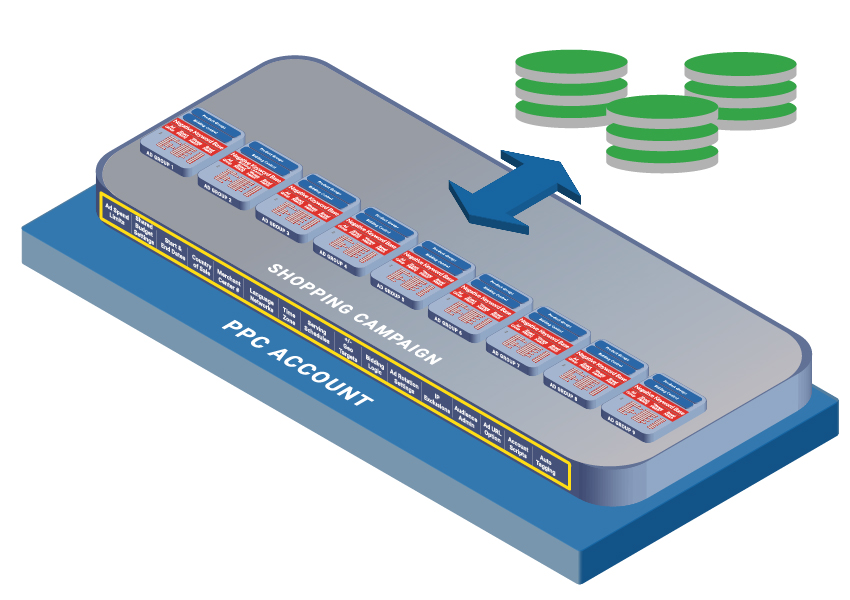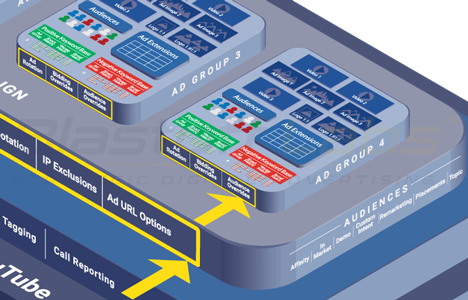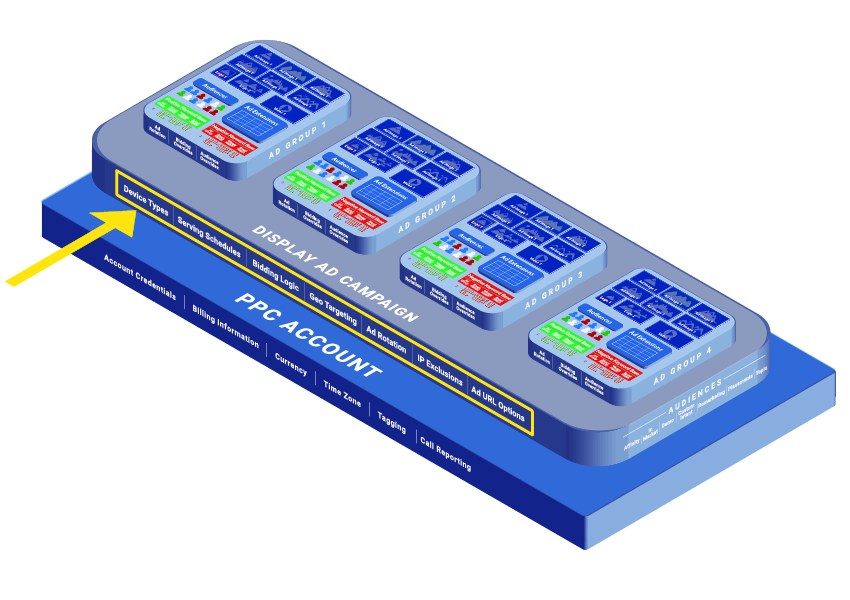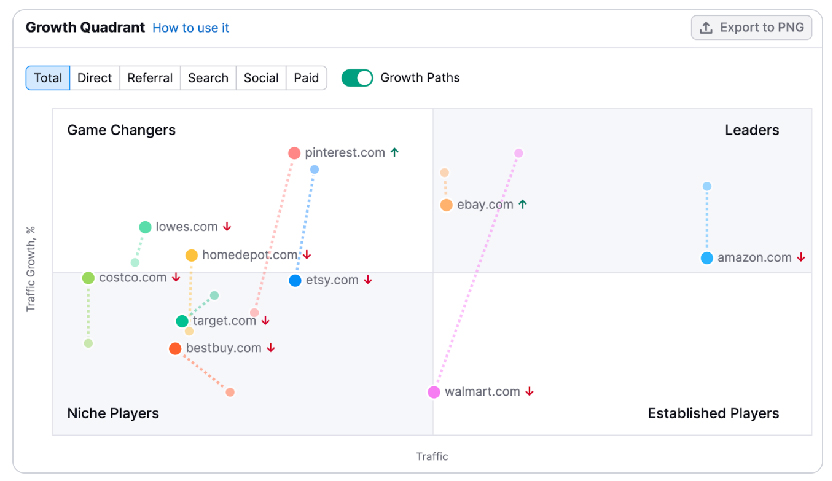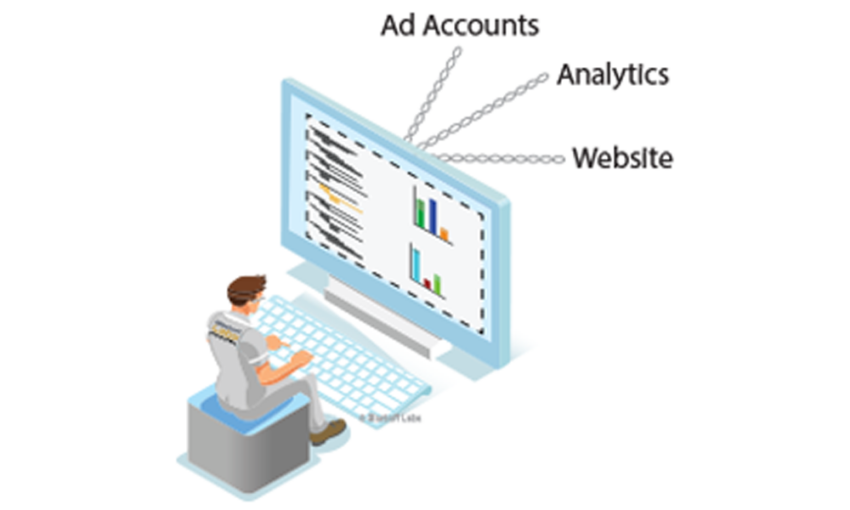Shopping Campaign Serving Parameters
When setting up shopping campaign serving parameters, bidding is the central issue. Manual bidding at launch is the best way to force shopping campaigns to develop serving momentum quickly.
The manual bidding period provides a baseline to optimize against going forward. It also provides confirmation that we're bidding up to the "Benchmark" shopping bid level.
When setting up serving schedules, our scheduling preference is usually to allow the campaigns to initially run 24x7x365 Many campaigns perform well at surprising times, during days of the week and hours of the day you might not expect.
In some b2b eCommerce markets, we will run campaigns on weekdays only and perhaps not overnight. There are time zone spans to consider, for example in the US, making sure East coast campaigns stay on late enough to shop up for West coast end-of-day business traffic.

